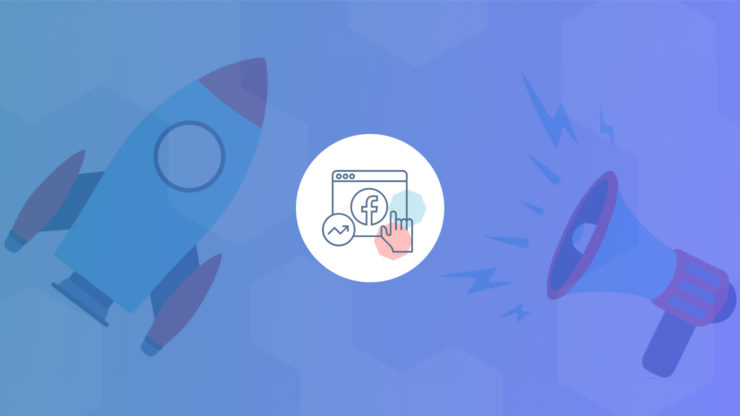Are you currently tossing up between creating advertisements for Facebook or boosting your already made content on social media?
In this article, we review two popular social media marketing strategies: Facebook Ads and Boosted Posts. We dive deep into the benefits and disadvantages of both strategies to uncover the good, the bad, and most importantly, the unnecessary.
Throughout this showdown, we evaluate:
- Product Overview
- What are Boosted Posts?
- Why are Facebook ads better than boosting posts?
- Summary
- Marketing Debate Podcast: Facebook ads vs boosted posts
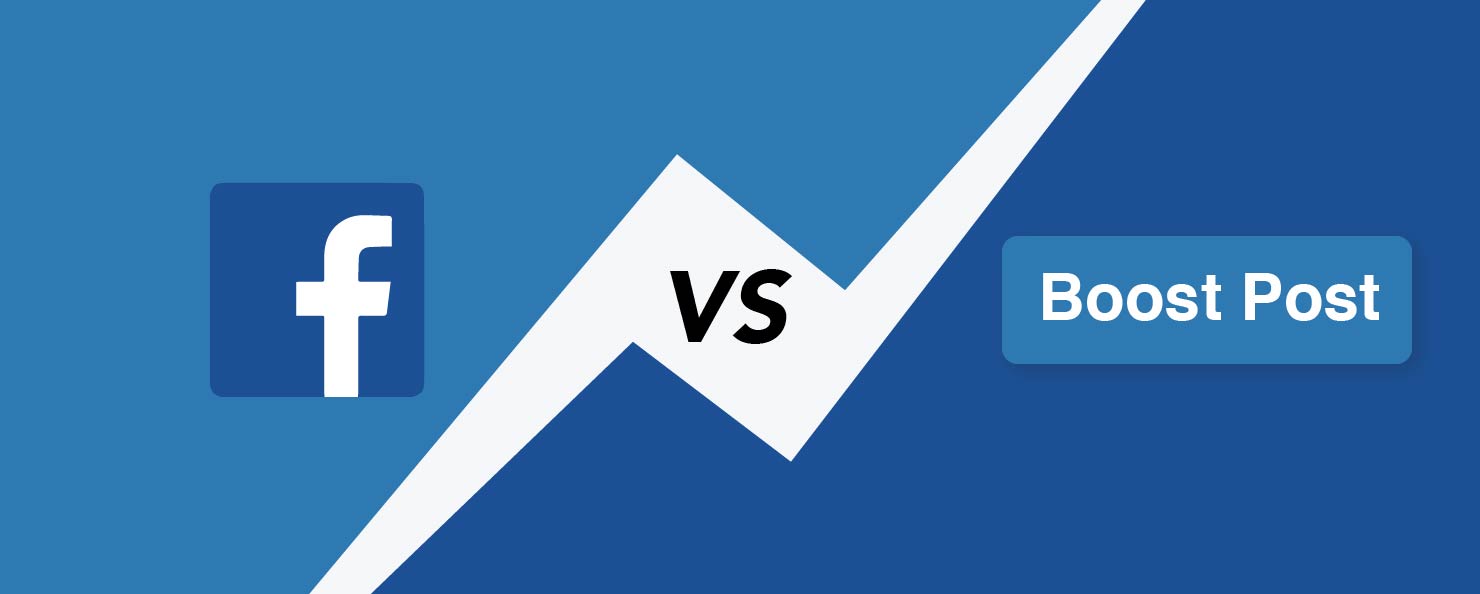
Product overview
Before we dive in, here is our simple breakdown of the significant aspects of each option.
As with most startup businesses, we started with a shoestring budget. Understanding the tricks of the trade and when to spend, spare and save was integral to our success. For over eight years, we’ve learned what works best and what isn’t necessary. When debating Facebook ads vs Boosted posts, we argue based on our previous experience and from within the platform and the industry.
Boosting posts is using your already published content and sharing it with an extended reach to increase your leads. Facebook ads take an advertisement and display it on the Facebook pages of anyone with similar interests, demographics, or industry experience.
Boosted Posts
Have you come across that button on your social media posts saying: Boost? We see many businesses misusing this option of their profiles, costing them large chunks of their marketing budget. But, is it better to create an ad or boost a post on Facebook?
Boosted posts offer many targeting options based on specific demographics including, interests, age, and gender. It means reaching people interested in clicking to take further action and drive traffic to your Facebook page or Instagram profile.
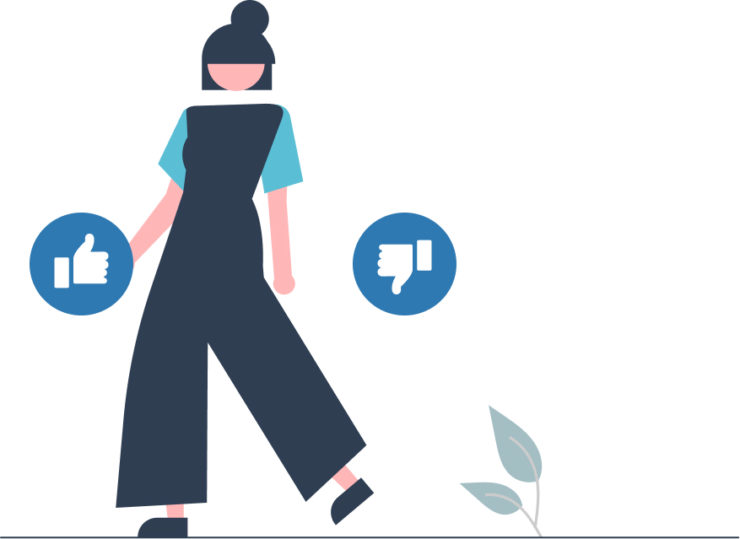
Boosted posts are not created in Facebook Ad manager and therefore do not have all the features that come with them. Boosting a post means making sure it shows up in your audience’s News Feed as an advertisement on any platform, particularly Facebook and Instagram. The feature optimises engagement with the profile of the brand and its target audience. These posts receive more likes, comments, and shares.
This option is at the top of your post on Facebook or Instagram next to your most recent or most engaging previous content pieces.
Is it worth boosting a Facebook Post?
Boosting a post does not necessarily mean a higher conversion rate, however, it is optimal for creating engagement. Boosted posts are just reusing your previous content to show up in more of your audience’s newsfeed.
The majority of those additional views probably won’t take action or make a significant impact on your ROI initially. As mentioned before, this is merely just boosting a post. It implies selling your brand, as opposed to selling your product or service.
However, leveraging what Facebook offers means building a better brand presence and getting in front of more people online. If this one boosted post does not translate into a sale, a couple of consistent boosted posts will remind your audience who you are.
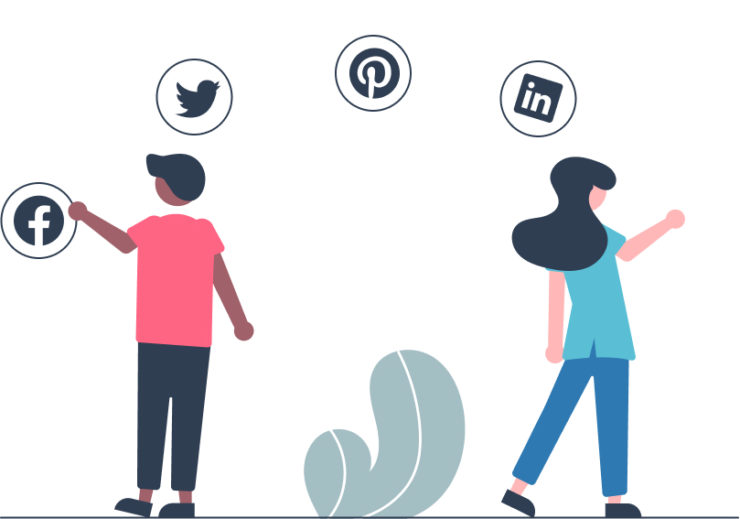
How long should I boost a Facebook post?
After defining your target audience, your business should set a clear budget. Facebook has a minimum of one dollar per day and a maximum duration of 14 days. It calculates to be quite reasonable for a marketing budget, particularly for small to medium-sized businesses. Ultimately, the span and consistency would depend on the nature of your post, your social media goals and objectives, and your overall budget.
As with most brand awareness campaigns and marketing strategies, your boosted post must have a clear call to action (CTA), brand personality, and a reason for your audience to follow, comment, or share.
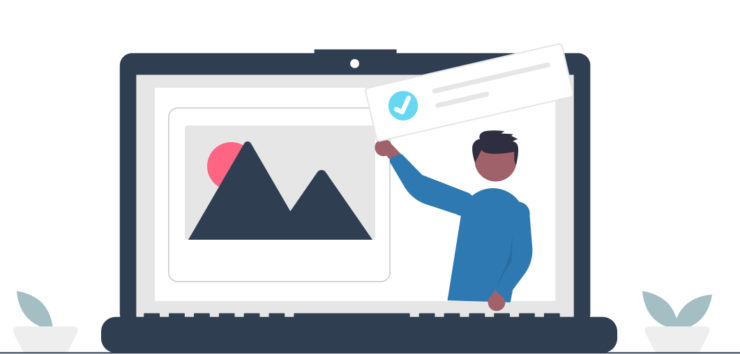
Facebook Ads
Facebook ads help to translate your brand’s presence into tangible outcomes.
This form of advertising contains more advanced tools and features to create lookalike audiences for the target demographic and micro-targeting. Micro-targeting involves targeting the smallest geolocations to the specific detail to reach only the intended audience, increasing ROI and reducing cost.
Why is advertising on Facebook better than boosting posts?
Boosting posts does not give you as much freedom as creating an ad does.
With already most of the world on Facebook, it offers a large platform with broad reach and the capability to gain followers in one space. Facebook is constantly updating, which means the platform will continue to improve its advertising options. Users now have the opportunity to conduct a marketing campaign or create an ad. Facebook then optimises your ad and gives valuable data for what performs well and what does not.
Although running Facebook ads translates better, it is much more expensive compared to boosting posts. Fluctuating costs is hard for small to medium-sized businesses with a limited marketing budget.
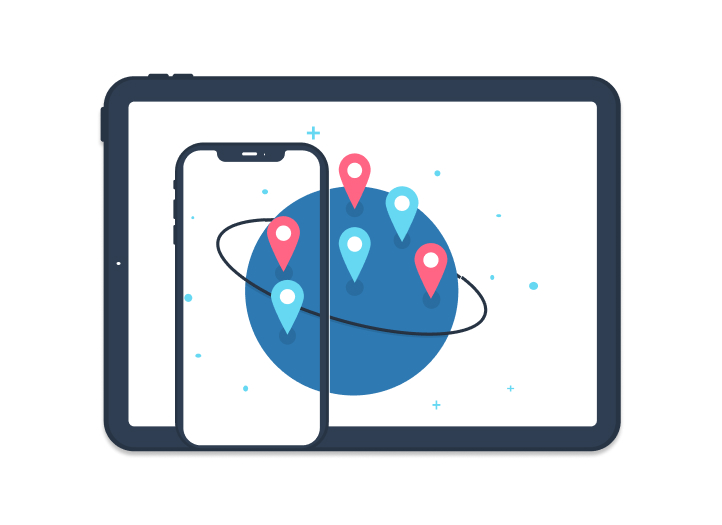
How much do Facebook ads cost in 2022?
Facebook ads depend on your bidding model. It is different compared to boosting a post which costs a flat rate per day. These models include Cost-per-click (CPC) and Cost-per-thousand-impressions (CPM). Facebook ads charge shy of $1 per click and $7 per 1000 impressions. Businesses can adjust the campaign settings based on their marketing objectives to focus on likes, app downloads, views, or clicks.
How does Facebook advertising work?
After selecting your metrics to optimise, Facebook analyses ad quality estimated action rates to determine its effectiveness and relevance. The value of the ad is calculated based on this data, delivering the most effective ad to run. With these insights, businesses are encouraged to improve the ad quality and relevance to decrease the cost.
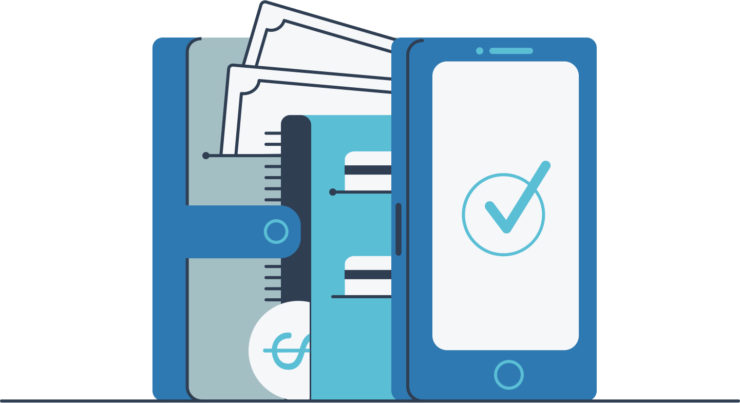
It is important to note that ad costs fluctuate depending on the options you choose. Audience, placement, quality, and objectives all influence the overall budget. Choosing broad or highly competitive demographics will increase your spending.
Why do ads get rejected by Facebook?
Ads get rejected for numerous reasons. For example, if your link text does not match where you send your audience when they click on your ad. Ads also get rejected if the content contains any offensive or unethical imagery, text, or intent.
Summary
If you are after both engagement and return of investment, it will be worthwhile to use both strategies. Incorporating a mix of Facebook ads and boosted posts into your social media strategy is the best option to increase engagement and ROI. Your business should map out your marketing strategy objectives before investing in any paid social media advertising.
However, not every brand needs to have an extensive social media presence. It may be worthwhile to invest time into producing well-designed content on your channels initially to increase your traffic organically.
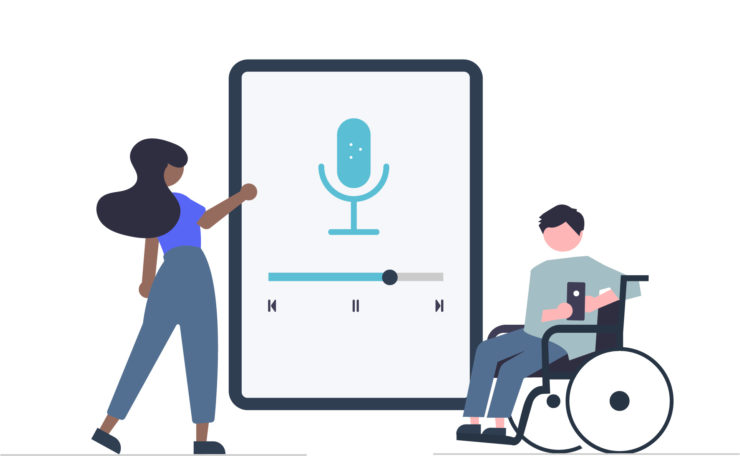
Listen to the Podcast
In this episode of the Marketing Debate Podcast, James and Joseph go head to head to discuss the best social media strategy for small to medium businesses. Listen in on their experience with advertising online with Facebook Ads vs boosted posts and the best tips to use in your marketing strategy.
Marketing Debate Podcast Transcript
James Banks:
Hello everyone. And welcome to another episode of The Web3 marketing debate show. I’m your host James Banks.
Joseph Chesterton:
And I’m your host, Joseph Chesterton.
James Banks:
And today we’ve got another great, great, great topic. Facebook ads vs boosted posts. Or should I say Facebook ads from within the business manager or the automated ad bidding? So for this debate, I’ll be taking the boosted posts side of the ring.
Joseph Chesterton:
And obviously I’ll be on the Facebook ads side.
James Banks:
Before we dive into it, let’s define the difference between Facebook ads vs boosted posts?
Joseph Chesterton:
So in my mind, or in what I’ve written down, is that boosted posts are posts on your timeline that you apply money to, boosting them.
James Banks:
You’ve probably seen a post on your business’s account that Facebook prompts you to boost it. You could then increase your reach by spending a dollar on this post.
Joseph Chesterton:
Boosted posting allows you to get your posts into audiences that potentially might not have been able to reach.
James Banks:
Absolutely.
Joseph Chesterton:
As well as showing it to more people in the algorithm that Facebook chooses to do so. With Facebook ads, they’re like boosted posts, but you have full control with more creative avenues and more platforms and targeting capabilities. And it’s done through the Facebook ads manager.
James Banks:
Yeah, that’s right through the business manager. So usually if we want to get very specific, very targeted, and want to do all the manual options and controlling ourselves then through the business manager through Facebook ads is the way to do it. So with that said and done, why would you say that the more manual approach is better than the boosted approach? Joseph?
Joseph Chesterton:
One more question. Okay. I kind of said it before with my opinion, but why would you boost or use, yeah. Why would you boost the posts in the first place?
James Banks:
It goes back to objectives. You have to be clear on what your objectives are. Boosting is a very clear objective: you want to increase reach potentially engagement, and impressions on a piece of content that you’ve released into your Facebook account. It also can be very handy when going through the Facebook business ads manager and depending on how you build your campaign strategy, you can often get very isolated into a single audience.
After a long term of doing this, depending on your audience size, business budgets, and so forth, you tend to start burning out your audience. Now you can rotate in creative. That’s usually the best way to do it. Rotating in fresh creative, fresh copy so that your audience is being stimulated with new material.
However, if you’re then not also rotating and testing a new audience’s parameters, you can basically make it very narrow and it’s like going down a single path on a gold mine. And you don’t realise that there was a massive goldmine between another shaft that you just never decided to go down and prospect, whereas boosting posts, it helps you to put it out.
The algorithm decides what is most relevant for the audiences that have engaged with you. The information and data can be fed back into your business manager account to test new creative, new campaigns, new objectives. That’s why it’s still relevant depending on your goals and how you’re managing and running the campaign.
Joseph Chesterton:
And how Facebook makes money is through advertising. And of course, with their algorithm, they don’t allow your content to be shown to every single person. Otherwise, what’s the point of advertising in the first place? So you have to pay to play essentially.
James Banks:
Yeah, definitely. I think like what we see in the past when someone comes to us like, “Hey, we’re advertising on Facebook, but we’re getting nowhere and getting no leads.” To answer this, we asked what the business has been doing, and he replied: I’ve been boosting my posts.
Yes, you are advertising on Facebook, but you’re advertising under a mechanism that’s designed for reach and engagement, not lead generation. The objectives are completely different and the mechanism and advertising approach changes based upon what your objectives are. So when we talk about lead generation, like going through the business manager or doing the more manual campaign approach, which would be the better option out of the two Joe?
Joseph Chesterton:
Well, with boosted posts, you’re just focusing on volunteer metrics like liking, sharing and commenting. Whereas with Facebook ads manager, you do have the final control. So you’re able to target specifically to certain demographics and certain platforms like Instagram.
You can boost it on Instagram, but things like Instagram messenger and probably Oculus, which I’m not familiar with, but I’m sure that’s only a matter of time before Facebook ads become part of that as well.
But yeah, it just comes down to having more control and being able to target specific industries or specific areas. Whereas like I said, with boosted posting, it’s getting your content and pushing it out and hoping that it gets the likes.
James Banks:
Yeah. Well, I think you mentioned vanity metrics there and let’s be clear, if your objective for advertising on Facebook is lead generation of sales, likes and engagement, that might be okay.
Maybe they are a little bit vain and they’re not necessarily directly correlated to things such as cost per acquisition cost per sale, lead quality conversion rate, click through rate. But even then, better metrics qualify the performance of a lead in sales campaigns through Facebook ads.
If your objective is to build a brand presence, engagement, and reach audiences you weren’t reaching before and get them brand aware. It means having these audiences at the very top of your funnel so that they can then progress down into the mid funnel, the decision-making process, and then go down to more of the pointy end. It is moving into lead generation sales.
Then taking this approach, things such as likes and engagements are metrics to measure its success. So it all depends on your goals and objectives, but the most common mistake we see is businesses using the wrong method to achieve their advertising objective. They then blame the platform or worse, blame their ads.
If the ads manager is using the wrong platform, then you should blame them. But usually the business owner doesn’t themselves say they’re not getting results and the platforms broken, but no, their entire approach is actually what’s broken.
Joseph Chesterton:
Boosting ads can target basic demographics such as likes, interests, age. But when you’re wanting to get into the advanced stuff and take that step further into lookalike audiences that’s when Facebook Ad Manager comes in.
James Banks:
Let’s say you’re a brand new business with no presence or following on Facebook. With a boosted post campaign, you don’t have to go through the business manager. However, a boosted campaign can help you look like a reputable business and page by receiving likes and engagement.
On the flip side though, if you’ve got specific sales and lead generation KPIs, then use Facebook as a mechanism to see and achieve them. This is when you need to have a proper campaign strategy and build out a specific campaign under the business and ads manager and Facebook. So two different objectives, but here’s two practical ways of how you could use the two things.
Joseph Chesterton:
If you want website clicks, page engagement, local business promotions, then boosted ads is probably a good enough thing for you. With Facebook manager, you dig deeper, generate ads with objectives, like getting more store traffic conversions and opt-ins so they kind of bleed into each other, but they’re different.
James Banks:
To summarise it might be beneficial to understand what your objectives are and if they can be met through boosted campaigns. If you want to advertise on Facebook or want to approach it again, you might be better off handling that yourself.
However if you have got more specific goals and objectives to manage through a larger marketing campaign, you’re better off sending that to an agency.
Feel free to reach out to us at Web3.com.au, we are here to help. Well, that’s another wrap for the Web3 marketing debate show: Facebook ads vs boosted posts. Tune in next time we’ll be talking all things chat.
So with that said, have a great day and we’ll talk to you again real soon.

